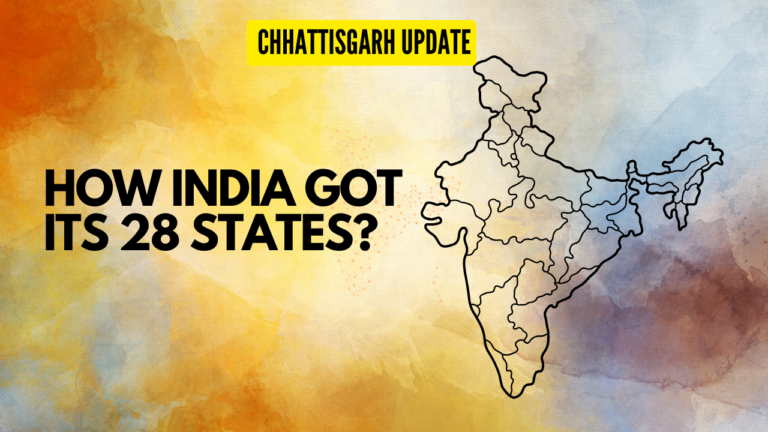In a landmark decision, the Supreme Court has issued directions to address the plea for proportionate representation of the Limbu and Tamang tribal communities in the assemblies of Sikkim and West Bengal. This move is anchored in safeguarding the rights guaranteed under Articles 330 and 332 of the Constitution, which pertain to the reservation of seats for Scheduled Castes (SCs) and Scheduled Tribes (STs) in the House of People and legislative assemblies of states, respectively. The primary objective is to prevent any violation of Article 14, emphasizing equality before the law.
Understanding Delimitation:
A crucial aspect of ensuring fair representation in the Indian political landscape is the process of delimitation. Enacted under Article 82 of the Constitution, the Delimitation Commission plays a pivotal role in readjusting the constituencies of the Lok Sabha and State Assemblies following each Census. The decisions made by this commission hold significant weight, being deemed final and unchallengeable in any court.
Composition of the Delimitation Commission:
The Delimitation Commission comprises key figures, including a sitting or retired Supreme Court judge as the Chairman, the Chief Election Commissioner of India or a nominee, and the Election Commissioner nominated by the Chief Election Commissioner. Additionally, the respective State’s Election Commissioner contributes to the comprehensive makeup of the commission.
Historical Perspectives:
Since India’s independence in 1947, the Delimitation Commission has been set up on four occasions—1952, 1963, 1973, and 2002. Notably, the 42nd Constitutional Amendment in 1976 imposed a freeze on delimitation exercises until the first Census post-2000. The 84th Constitutional Amendment in 2002 further extended this freeze for 25 years, until 2026.
Significance of Delimitation in India’s Democratic Framework:
Delimitation holds immense significance in shaping the democratic fabric of India. By ensuring a periodic review and adjustment of constituencies based on population changes, it strives to maintain the principles of equal representation and prevent malapportionment. The freeze imposed through constitutional amendments underscores the delicate balance between political stability and the imperative for fair representation.
Supreme Court’s Intervention for Tribal Communities:
The recent Supreme Court directions, responding to the plea for proportionate representation of the Limbu and Tamang tribal communities, mark a crucial step toward addressing historical imbalances. This intervention aligns with the constitutional mandate to protect the rights of marginalized communities and uphold the ethos of equality.
Conclusion:
As India navigates the complex intersection of delimitation, reservation, and constitutional safeguards, it is evident that these mechanisms play a vital role in shaping the inclusivity of its political landscape. The delicate balance between stability and representation requires thoughtful consideration and periodic reassessment. The recent Supreme Court directions serve as a testament to the ongoing efforts to refine and reinforce the democratic principles enshrined in the Constitution.



